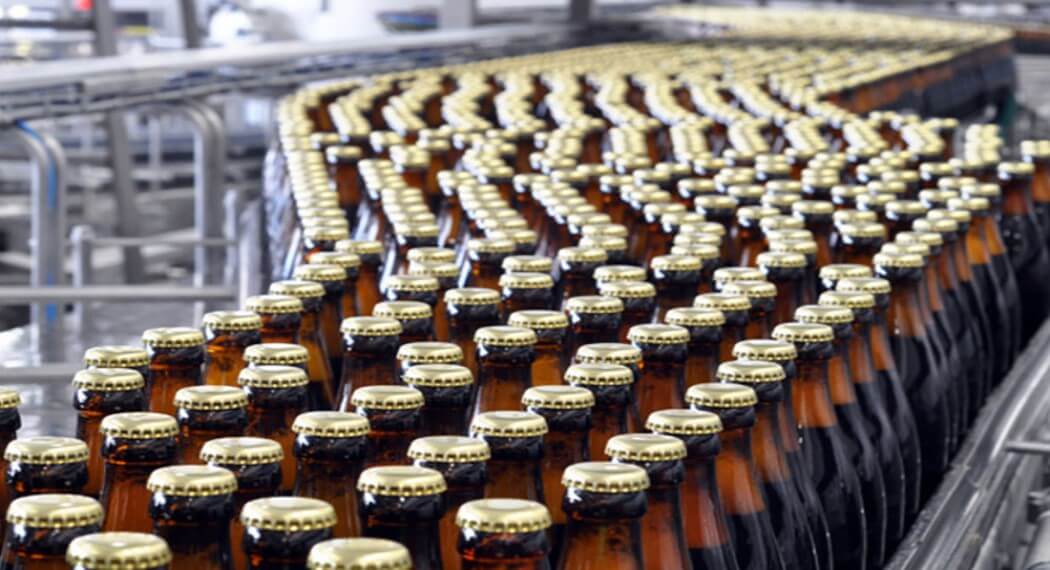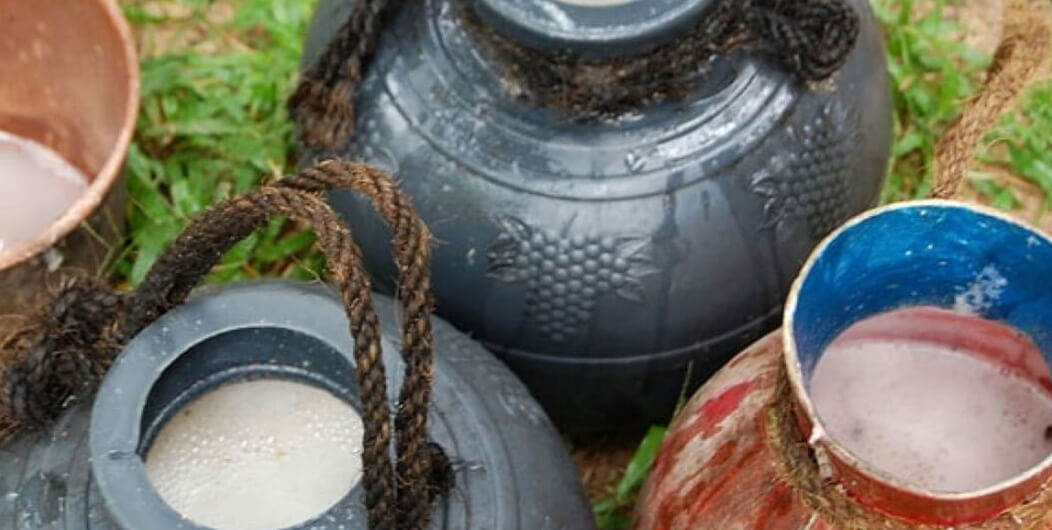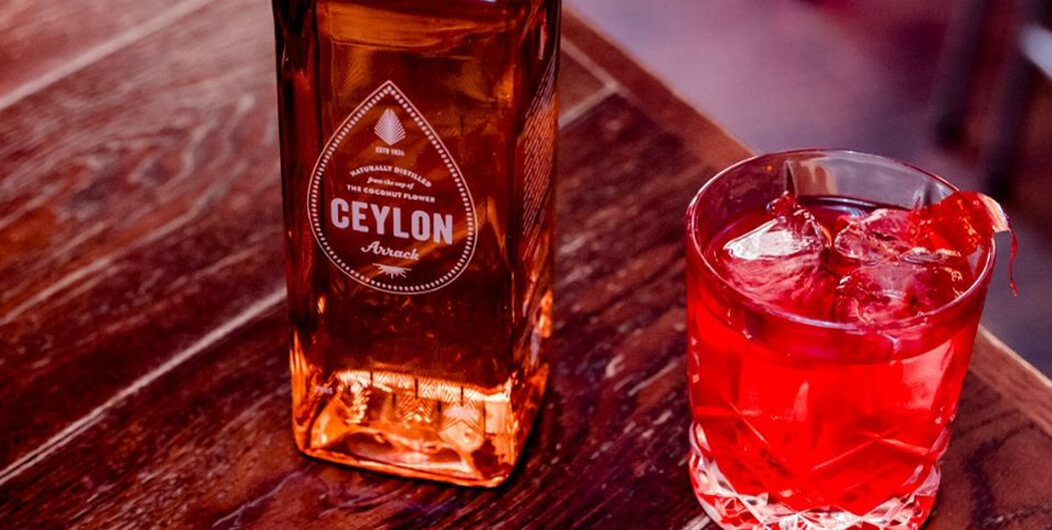
| Toddy or Palm Wine | Arrack | Beer | Sweet Wines |
Sri Lanka has been home to many highly demanded food and beverage products for a very long time. While being known for its most famous product, Ceylon tea, the country has been able to highlight the quality of food sources derived from its natural resources.
Sri Lanka is also a highly rated tourist destination. Anyone visiting the country can always try out any food or beverage that can only be found on the island itself. If you add more focus on beverages, Sri Lankans have a unique taste for alcohol.
Like most cultures, the locals have blended their alcohol preferences to suit their tropical environment and climate. Poya Days are religious days in Sri Lanka. It is on that day of each month that selling alcohol is prohibited. Except on this day, Sri Lankan alcohol manufacturers produce a fine variety of drinks that they offer to the market.

Toddy, also known as Palm wine is a beverage that is derived from the young inflorescence of the coconut palm tree. It is a traditional alcoholic drink in Sri Lanka. It is a cloudy white beverage that does not have a very long shelf life. When the palm reaches the normal bearing age, its inflorescence is tapped using a small round piece of wood. Once it is about three weeks old, it is cut from the end. After a few hours, the sap gets fermented.
The quality of this wine is determined by the conditions used to collect the sap. If this sap is fermented for more than one day, it turns into vinegar. The collection gourd is not washed during the gaps of the collection since the residual yeasts support quick fermentation. The alcohol content of palm wine rages between 7%-8%. Palm wine is not usually available in Sri Lankan bars due to its short lifetime. But it can be purchased from toddy sellers. The local term for the beverage is “Raa”.

Arrak is a distilled alcoholic drink. Coconut arrack from Sri Lanka is one of the purest alcoholic beverages in the world. It is distilled through a natural fermentation process. The first step of producing coconut arrack is toddy tapping. Once the toddy is manually extracted from the coconut tree, it is fermented. This is where its high sugar content is interfered with by yeasts and microscopic organisms turning it into alcohol.
Once this happens, the liquor is poured into massive casks made from Halmilla trees (Berrya cordifolia). It is then distilled in two ways. The first method is called continuous distillation and the second phase is called pot distillation. Small amounts of traditional herbs and spices are also added to the mix to improve its flavour and to mellow the liquor during the crucial maturation process. You can find Sri Lankan arracks in the forms of Very Special Old Arrack, Old Arrack, and Coconut Arrack.
Double distilled arrack is distilled twice before it reaches its smoothness. Arrack is often mixed with another beverage to make it light. It is among the most consumed alcoholic beverages in Sri Lanka.
Beer is simply the oldest and the most consumed alcoholic beverage in the world. It is produced by extracting raw materials with water, boiling them, and fermenting it. Its formula has been the same for centuries. The malt hops and yeast content in its mixture help beer brands to draw the line between themselves and their competitors.
Grains that are first allowed to partially germinate are combined with water to create a cereal mash. It then meets with the brewer’s yeast. Beer can take the colour of ultra-light golden to a rich brown.
The colour of any beer you purchase will be somewhere around the brown spectrum since the base of the beer is grain smash. In Sri Lanka, the brewing of beer began in 1881 along with the colonial tea planting sector. Sri Lankan breweries are located in various parts of the island. Lagers are among their most demanded varieties. It is a slowly fermented type of beer.
Sweet wines are among the special wine varieties available in the world market. What helps a sweet wine to stand out? It’s the residual sugar that it contains.
If a wine contains more than 35 grams of residual sugar per litre, it is considered a sweet wine. This makes sweet wine three times sweeter than usual dry wine, which only contains 10% residual sugar. Residual sugar in wine is often mistaken as artificial sugars.
It comes from the grapes themselves. Once the grapes age and are ripe, their amount of sugar increases naturally. This sugar is converted into alcohol during the fermentation process once yeast is added. According to the way that sweet wines are made, traces of extra sugar are left behind. Sweet wines are an occasional variety. They are also known as “Dessert wines”.
Sri Lankan food & beverage sector covers a wide range of products including processed vegetables, fruits, concentrates and juices, semi-cooked food, confectionery, bakery products, ready-to-serve food and beverages, animal feed and preparations of cereals
Info
Directory
eMARKETPLACE
Dehydrated Foods
Directory
eMARKETPLACE
Processed Vegetables, Fruits & Juices
Directory
eMARKETPLACE
Processed Food
Directory
eMARKETPLACE
Rice, Cereals, Oil Seed and its Products
Directory
eMARKETPLACE
Coffee
Directory
eMARKETPLACE
Beverages
Directory
eMARKETPLACE
Animal Feed
Directory
eMARKETPLACE
Meats
Directory
eMARKETPLACE